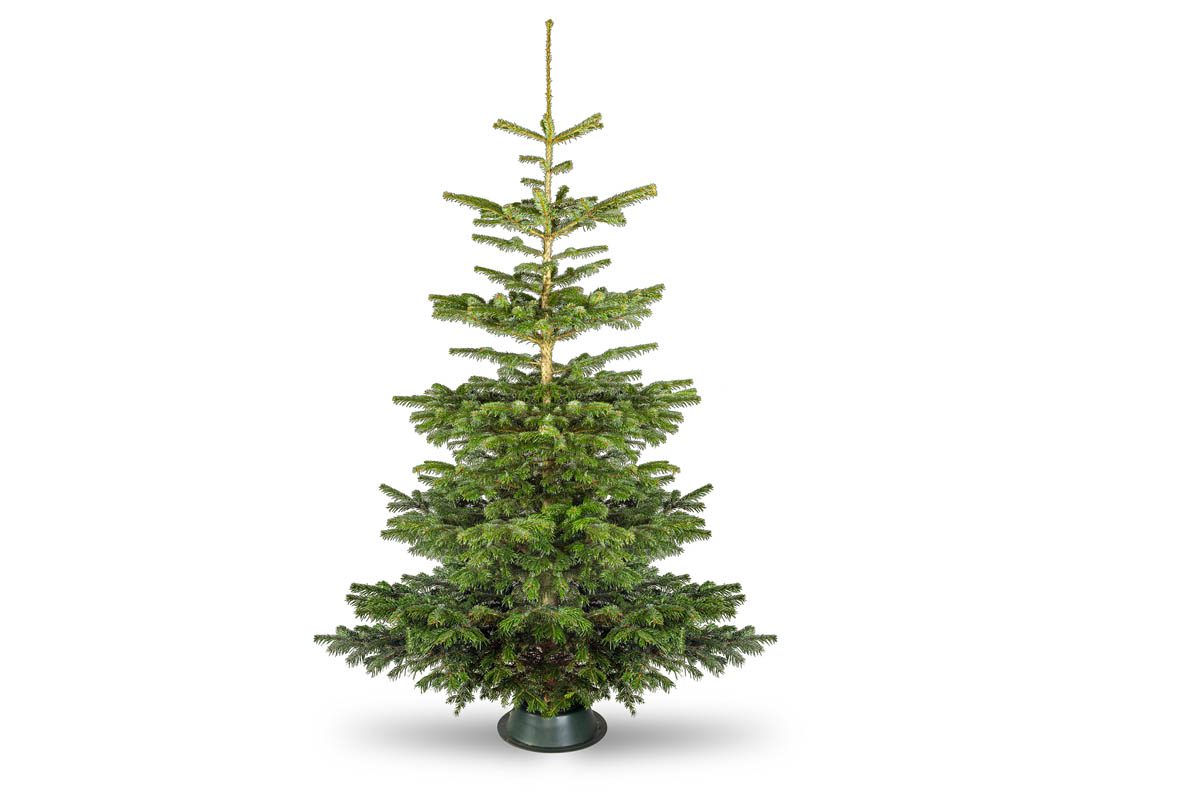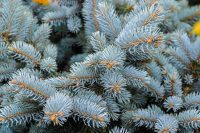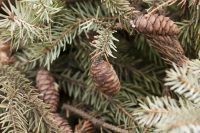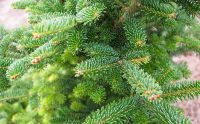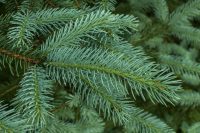What is Nordmann fir Toxicity Safety Are Christmas trees toxic to dogs?
Nordman fir (Abies nordmanniana) is non-btoxic to dogs and is safe to keep in homes with pets, with care.
What is Nordmann fir
| Family | Pinaceae |
| Botanical name | Abies nordmanniana |
| Common names | Nordmann’s fir, Trojan fir, Kazdadi fir, Turkish fir, Nordman’s silver fir |
| Popular cultivars | ‘Golden spreader’ |
| Mature height | 12 – 18 metres |
| Needle retention | Excellent |
| Scent | Mild citrus |
| Native to | Caucasus mountains and northeastern Turkey |
| Toxicity | Non-toxic to dogs |
Nordmann fir is a coniferous evergreen native to the Caucasus Mountains in Turkey and the Republic of Georgia. Its lush green foliage, classic conical shape, strong branches and excellent needle retention make it one of the most popular Christmas trees.
Nordmann fir is named after Alexander Von Nordmann, a finish biologist who discovered it in 1838.
Related: Caring for a Christmas tree
Toxicity
Nordmann fir is non-toxic to cats. However, ingestion of large quantities can cause gastrointestinal upset. The bitter taste will deter most dogs from ingesting a large amount.
Safety
Pet owners must be aware of the potential dangers of Christmas trees, even non-toxic trees and decorations can pose a potential danger to pets.
- Secure the Christmas tree to the wall to prevent it from being knocked over.
- Do not place edible food decorations on the Christmas tree.
- Unplug lights when there is nobody around to supervise.
- Avoid angel hair tinsel, which can cause telescoping of the intestines if ingested.
- Be careful with tree preservers or aspirin, which are toxic to dogs. If you do use a preserver, cover the dish to block access to pets.
Veterinarians see an increase in accidents and food-related illnesses Christmas period. Pet owners must remember that popular Christmas plants and foods can potentially be hazardous to our pets.
Are Christmas trees toxic to dogs?
Common name |
Scientific name |
Toxicity level |
| Norway spruce | Picea abies | Non-toxic |
| Blue spruce | Picea pungens | Non-toxic |
| Serbian spruce | Picea omorika | Non-toxic |
| White spruce | Picea glauca | Non-toxic |
| Nordmann fir | Abies nordmanniana | Non-toxic |
| Fraser fir | Abies fraseri | Non-toxic |
| Douglas fir | Pseudotsuga menziesii | Non-toxic |
| Noble fir | Abies procera | Non-toxic |
| Balsam fir | Abies balsamea | Non-toxic |
| Grand fir | Abies grandis | Non-toxic |
| Scotch pine | Pinus sylvestris | No information available |
| White pine | Pinus strobus | No information available |
| Virginian pine | Pinus virginiana | Toxic |
| Norfolk Island pine, house pine | Araucaria heterophylla | Non-toxic |
Julia is a writer and landscape consultant from Wollongong with a love of horticulture. She had been an avid gardener for over 30 years, collects rare variegated plants and is a home orchardist. Julia is passionate about learning and sharing her knowledge of plant propagation and plant toxicology. Whether it’s giving advice on landscape projects or sharing tips on growing, Julia enjoys helping people make their gardens flourish.
